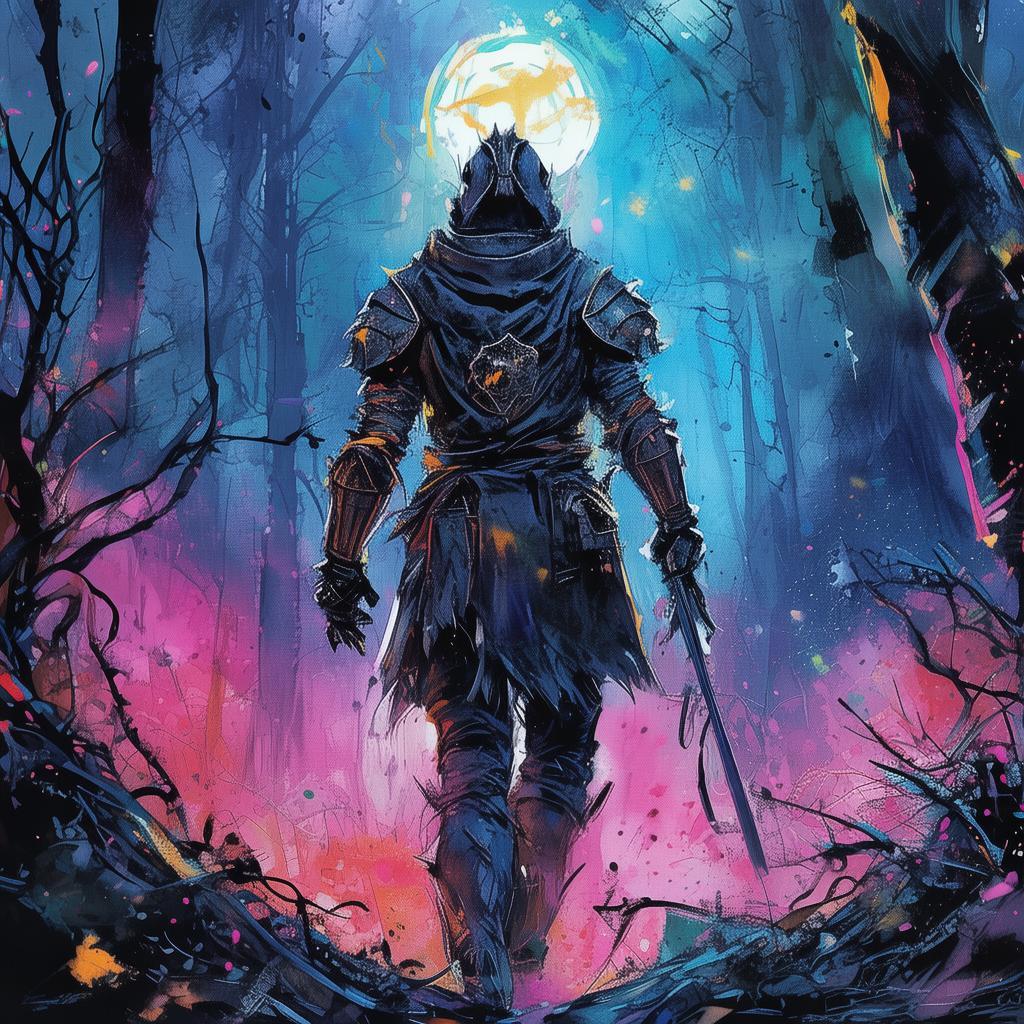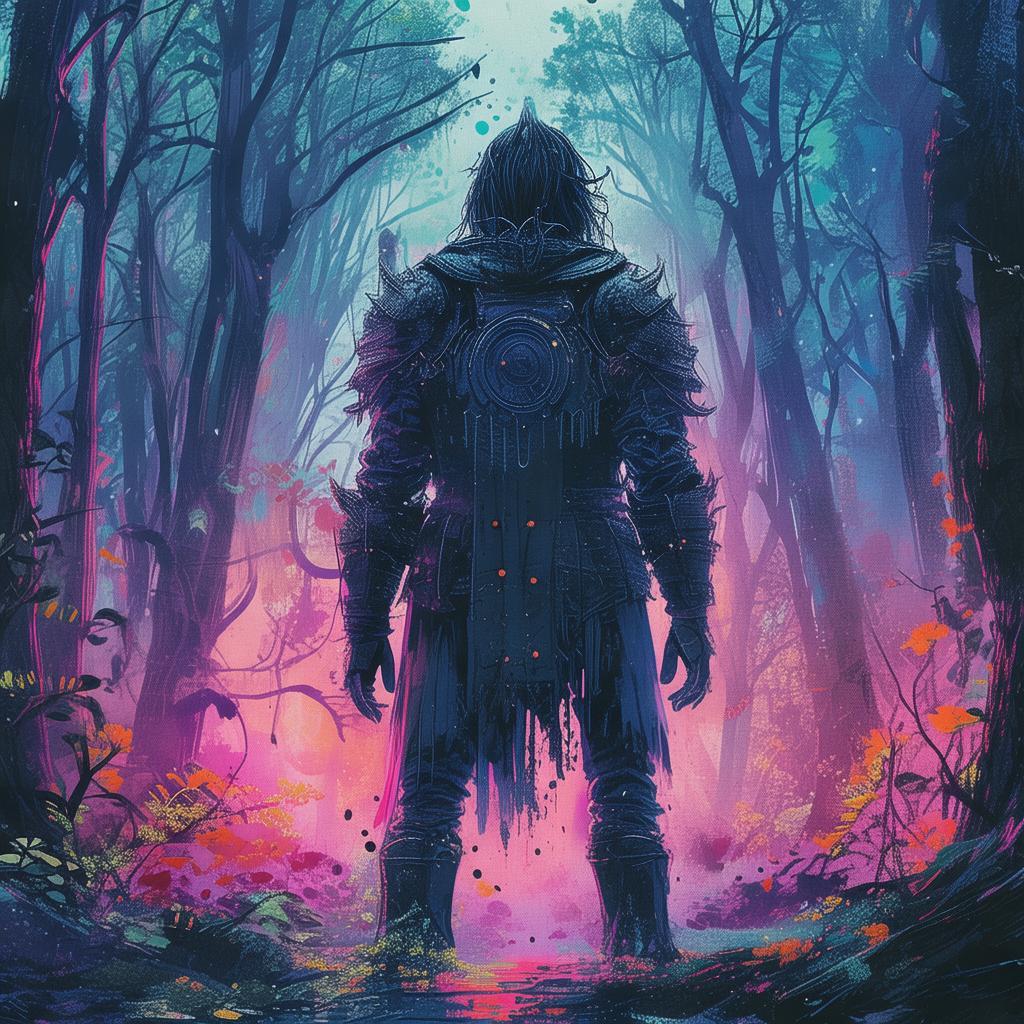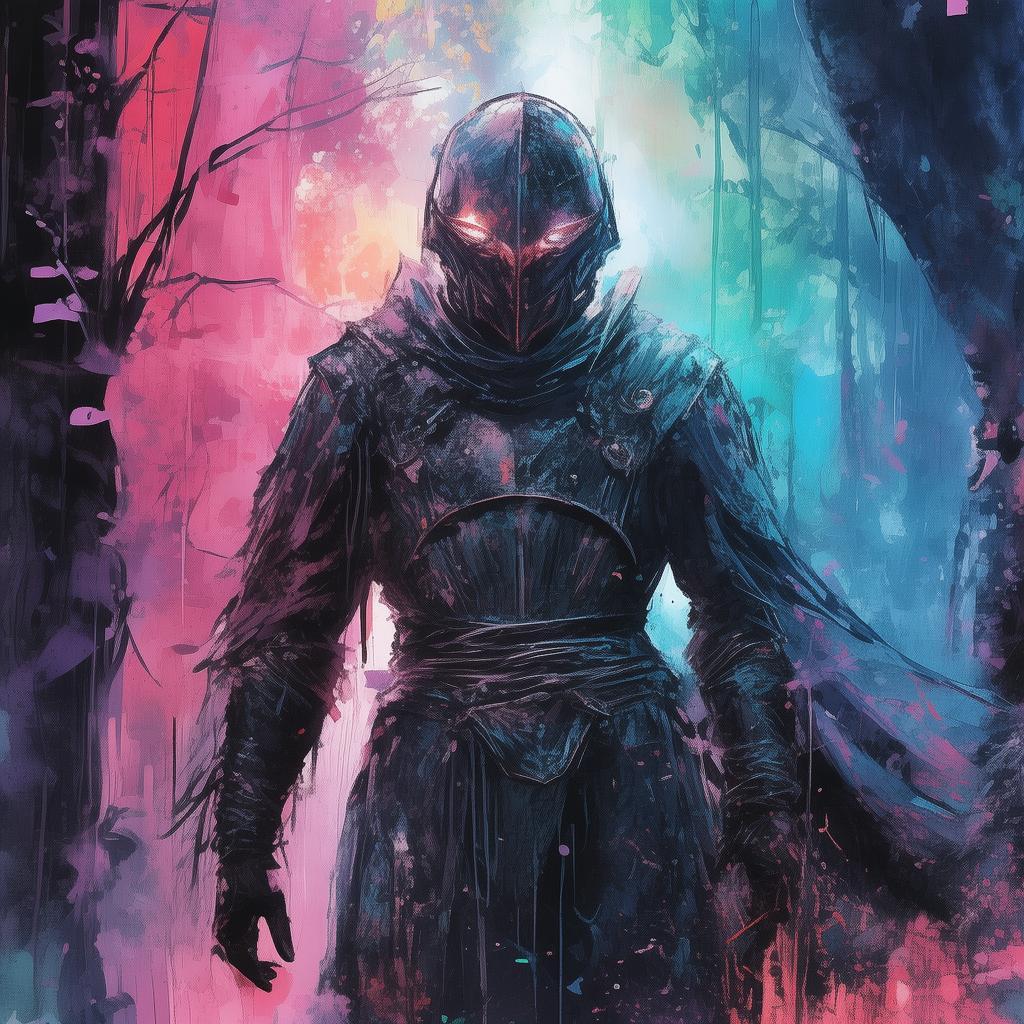The Harvest of Silence: A Tale of Sightedness and Insight
In the heart of the verdant fields, where the whispering wheat waves greeted the dawn with the promise of another bountiful harvest, there lived a girl named Lira. Her eyes, though once capable of beholding the colors of the world, had been rendered blind by a mysterious illness. Yet, her blindness was not the only veil that shrouded her world. In this society, sight was currency; the more sighted one was, the more valuable they were considered. Lira, with her silent eyes, was an outcast, a beggar in a world that worshipped the ability to see.
The fields were a sea of green, a vast tapestry of life that thrived under the watchful gaze of the sun. Each day, the sighted harvested the bread of the earth, the wheat, with their hands and eyes, their toil a testament to the value of sight. But Lira, with her silent hands and sightless eyes, was excluded from this ritual. She watched from the edges of the field, her presence a silent challenge to the status quo.
One morning, as the sun crept over the horizon, casting a golden glow over the fields, Lira felt a strange compulsion to venture deeper into the wheat. She had never before ventured beyond the borders of the field, nor had she ever seen the wheat as more than a barrier between her and the sighted. But today, something was different. She felt the ground beneath her feet, the rough texture of the earth, the warmth of the sun on her skin, and for the first time, she felt a connection to the life that thrived around her.
As she walked, her senses were heightened. She could hear the rustling of the wheat, the buzz of the insects, the distant calls of birds. She could feel the breeze, the gentle touch of the wind, and in this sensory symphony, she found a sense of peace. She reached out her hands, feeling the softness of the wheat, the way it yielded to her touch. It was in this moment that she realized the true richness of her world, a world that was not defined by what she could see, but by what she could feel, hear, and understand.
In the midst of the wheat, Lira stumbled upon a small, hidden grove. It was a place untouched by the sighted, a sanctuary of silence and solitude. There, she found a loaf of bread, left behind by a sighted worker who had no need for it. The bread, made from the very wheat she had felt and heard, was untouched by the hands of the sighted, a silent offering to the unseen.
Lira took the bread, her heart pounding with a sense of wonder and disbelief. She knew the value of this loaf, not in gold or currency, but in the love and toil of the earth. She broke the bread, the crust giving way to the soft, warm interior. She ate it, and as she did, she felt a profound connection to the world around her. It was as if the bread had opened her eyes to the unseen beauty of her existence.
Word of Lira's discovery spread like wildfire through the fields. The sighted, who had always seen Lira as a burden, began to reconsider their beliefs. They saw the loaf of bread not as a mere piece of food, but as a symbol of the unseen richness of the world. It was a reminder that there was more to life than what the eye could see, that the true harvest was not in the fields, but in the heart and soul of the person who recognized it.

Lira became a symbol of hope, a beacon of light in a world that had been shrouded in darkness. She taught the sighted to see with their hearts and to listen with their souls. And as the seasons changed, the fields became a place of unity, where the sighted and the unseen worked side by side, harvesting not just wheat, but the true bread of life.
In the end, Lira's blindness became her greatest gift. It taught her that sight was not the only way to perceive the world, that there were other senses, other ways to understand and appreciate the beauty of life. And in this lesson, she had not only changed her own life but had also transformed the lives of those around her.
The tale of Lira, the blind girl who found the true value of sight in the fields, became a parable of perception, a reminder that the world was full of wonders, both seen and unseen, and that true insight came not from the eyes, but from the heart.
✨ Original Statement ✨
All articles published on this website (including but not limited to text, images, videos, and other content) are original or authorized for reposting and are protected by relevant laws. Without the explicit written permission of this website, no individual or organization may copy, modify, repost, or use the content for commercial purposes.
If you need to quote or cooperate, please contact this site for authorization. We reserve the right to pursue legal responsibility for any unauthorized use.
Hereby declared.









